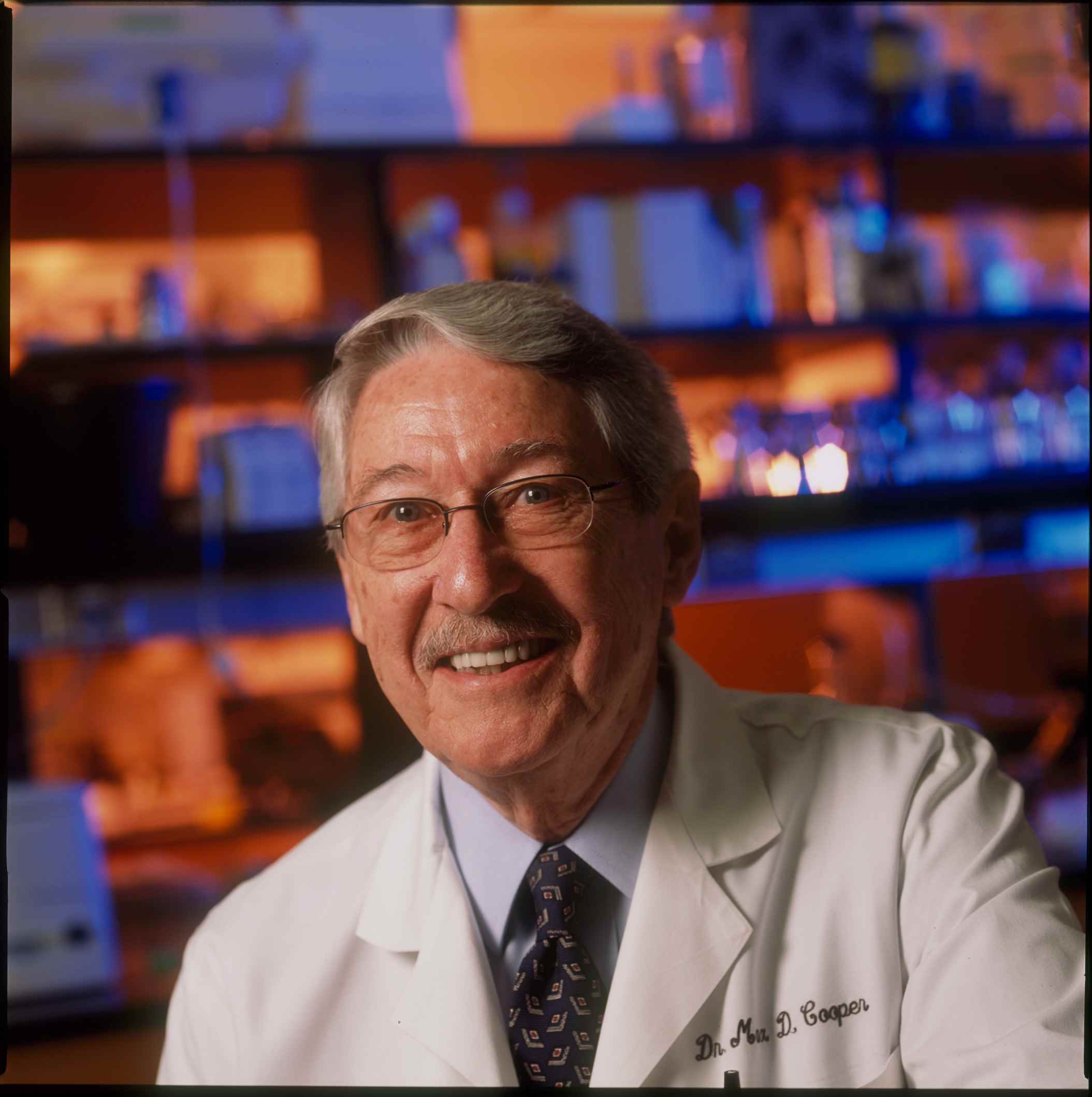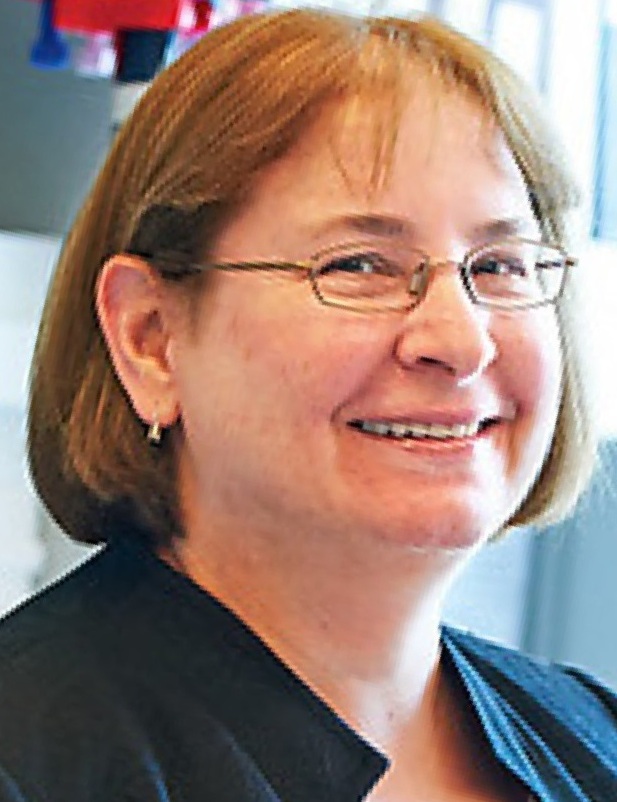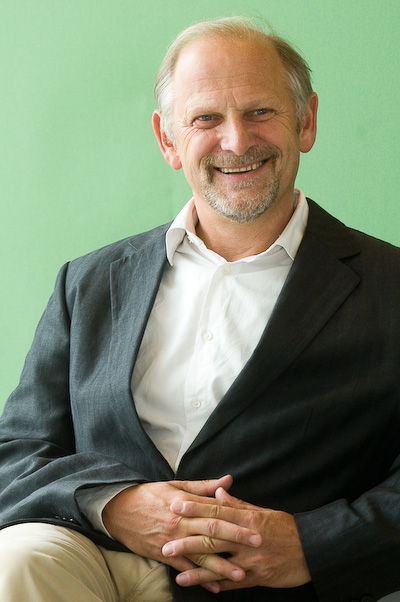Gene diversification and immune recognition
Wednesday 4 September
16:30-18:00, Grand Auditorium
 |
Emory University School of Medicine, Atlanta, US Evolution of alternative adaptive immune systems in vertebrates All living organisms have innate immune systems which can be used for self-defense. However, only vertebrate species have been shown to have an adaptive immune system that is based on clonally-diverse lymphocytes that are capable of recognizing specific pathogens and providing protective memory against a second encounter. Surprisingly, alternative adaptive immune systems have been found in jawed and jawless vertebrates. While both employ lymphocytes with unique anticipatory receptors, the lymphocytes in jawless vertebrates (lampreys and hagfish) use leucine-rich-repeat (LRR)-based variable lymphocyte receptors (VLR) to recognize antigens, whereas lymphocytes in jawed vertebrates use immunoglobulin-based T and B cell receptors (TCR/BCR) for the same purpose. Three lamprey VLR loci, VLRA, VLRB and VLRC, undergo recombinatorial assembly to generate highly diverse VLRA, VLRB and VLRC receptors; these are differentially expressed by separate populations of lymphocytes that resemble our thymus-derived γδ and αβ T cells and bone marrow-derived B cells. The fundamentally similar genetic programs employed in jawless and jawed vertebrates for two major T-cell differentiation pathways and a B-cell differentiation pathway suggests they were already present in a common ancestor before the subsequent convergent evolution of the LRR-based VLR types and Ig-based TCR/BCR types of antigen receptors. Evolutionary and biomedical implications of these alternative adaptive immune systems will be discussed in this presentation. Biography Max Cooper is Professor of Pathology and Laboratory Medicine at Emory University. He and his colleagues perform comparative studies of lymphocyte development and function to derive information that is useful for studying the cellular differentiation defects in individuals with immunodeficiency diseases, lymphoid malignancies and autoimmune diseases. Research highlights include the definition of separate T and B cell lineages, identification of the hematopoietic tissue origin of B lineage cells, demonstration that IgM+ lymphocytes give rise to B cells that produce other Ig isotypes, description of the lymphoid follicle associated epithelial “M” cells in the intestine and their transcytotic function, demonstration that TCR excision circles in peripheral T cells can be used to monitor thymus function, and discovery of an alternative adaptive immune system in jawless vertebrates featuring antigen receptors generated by the assembly of leucine-rich-repeat sequences during development of T-like and B-like lymphocyte lineages. Current studies focus on evolution of the adaptive immune system and the development of monoclonal lamprey antibodies for biomedical uses. |
|||
|
|
||||
 |
Memorial Sloan Kettering Cancer Center, New York, US Maintaining the integrity of the genome: Gene conversion and the repair of double-strand breaks Abstract to follow Biography Maria Jasin is at Memorial Sloan Kettering Cancer Center in New York, NY US, where she holds the William E. Snee Chair in the Developmental Biology Program. She obtained her Ph.D. from the Massachusetts Institute of Technology, Cambridge, MA US, and completed postdoctoral research at the University of Zürich, Switzerland, and Stanford University, Stanford, CA US. Her laboratory focuses on DNA repair and recombination and its relation to tumor suppression, targeted genome modification, and meiosis. Discoveries from the laboratory include determining how chromosome double-strand breaks (DSBs) are repaired in mammalian cells. Developing genetic and physical assays employing site-specific DSBs, both homologous recombination and non-homologous end-joining were determined to be critical for DSB repair. A corollary of these discoveries is that DSBs increase gene targeting and gene mutation orders of magnitude, laying the groundwork for efficient genome modification (gene editing) by site-specific nucleases which is revolutionizing biomedical science. Using the methods developed in her lab and now applied world wide, her laboratory discovered that the two major familial breast/ovarian tumor suppressors, BRCA1 and BRCA2, are critical homologous recombination genes. Recombination deficiencies observed with BRCA1 or BRCA2 loss are now being exploited for therapeutic approaches. Further studies defined the hierarchy of recombining partners and competition between homologous recombination and non-homologous end-joining, as well as the collaboration of both pathways for cell survival and organismal health. She also developed quantitative genetic and molecular assays for the induction of chromosomal translocations by DSBs. With Scott Keeney, she discovered a critical role for DSBs in mammalian meiotic progression and a seminal role for gene conversion. Maria Jasin’s work has transformed our understanding of DSB repair in mammalian biology and tumor suppression, with impact in clinical settings for cancer treatment and disease reversal. |
|||
|
|
||||
 |
Michael Reth
Max Planck Institute of Immunobiology and Epigenetics, Freiburg, DE
Sensing the unknown: How B cells are activated by a large set of different ligands Since the discovery of antibodies (first in the form of antitoxins in 1890) immunologists have always wondered how our body can produce antibodies against so many different substances that they summarize with the word antigen. In 1956 Burnet proposed that a specific antibody response is established by a selection process that out of a large population of diverse B cells activates those with the right cognate B cell antigen receptor (BCR). The antigen-dependent stimulation of these cells results in their clonal outgrowth and differentiation to antibody producing plasma cells. How the BCR diversity is generated in the B cell population was explained by the finding of the V(D)J rearrangement and somatic hypermutation mechanisms of the immunoglobulin genes over the last decades. What is less well understood is how the many different antigens can activate the BCR in a way that is independent of the spatial organization of epitopes on the antigen molecules. This is quite different from most other receptors that have only one ligand whose structure helps to of bring or stabilize the receptor in an active conformation. As a solution for this problem, we have proposed the Dissociation Activation Model (DAM) according to which it is the opening of a pre-organized receptor cluster (oligomer) that activates the BCR independently of the structural input of the antigen. With the Fab base proximity ligation assay (Fab-PLA) we have developed a method which allows us to reliably monitor the conformation of the BCR on the surface of normal B cells at 10-20 nanometer distances. With this and other methods we found that the BCR exits indeed as an ordered oligomer on the surface of B cells and that in contact to antigen this oligomer is opened thus initiating the signaling process. Furthermore we discovered that the majority of the roughly 120.000 BCR on the surface of B cells are not opened by antigen but rather by the spleen tyrosine kinase (Syk) via an inside-out signaling mechanism. The details of this process will be discussed during my lecture. Yang, J. and Reth, M. (2010). The dissociation activation model of B cell antigen receptor triggering. FEBS Letters 584: 4872. Klaesener, K., P. Maity, et al. (2014). "B cell activation involve nanoscale receptor reorganizations and i out signaling by Syk." eLife, on-line in June. This study was supported by the Excellence Initiative of the German Federal and State Governments (EXC 294), by the Deutsche Forschungsgemeinschaft through SFB746 and TRR130 and by an ERC Advanced Grant on nano-Islands. Biography Michael Reth is Scientific director of the BIOSS Centre for Biological Signalling Studies funded by the excellence program of the German government and full Professor in Molecular Immunology at the University of Freiburg in Germany. |
|||





